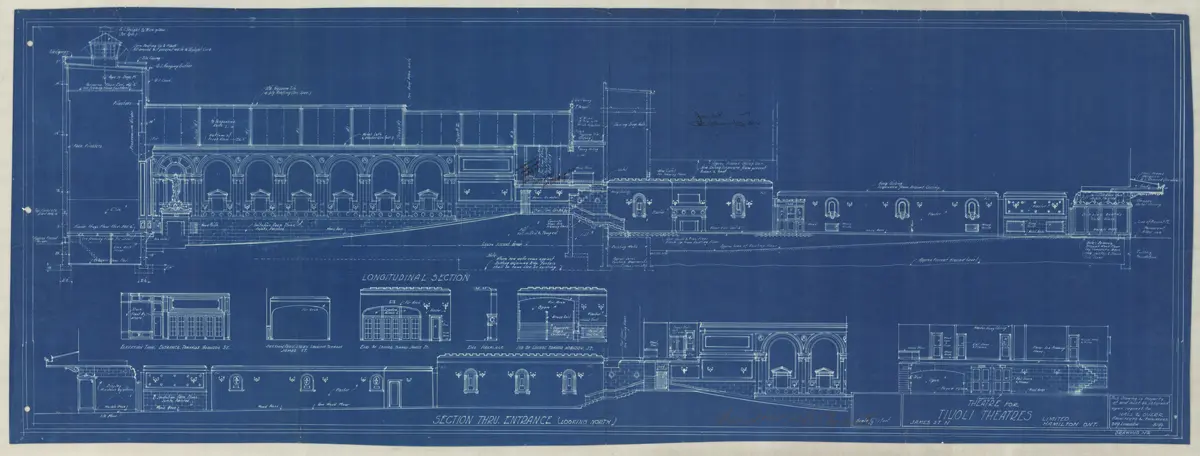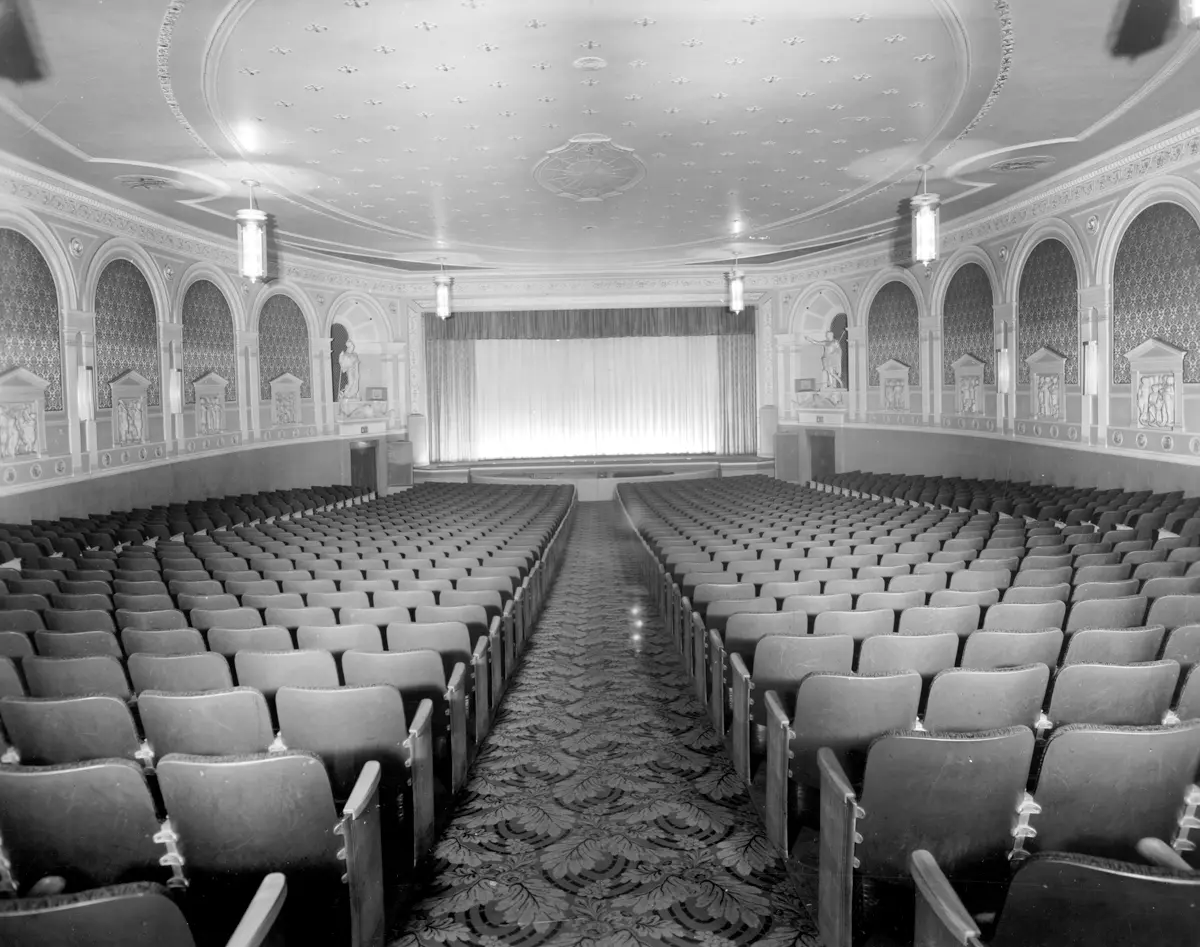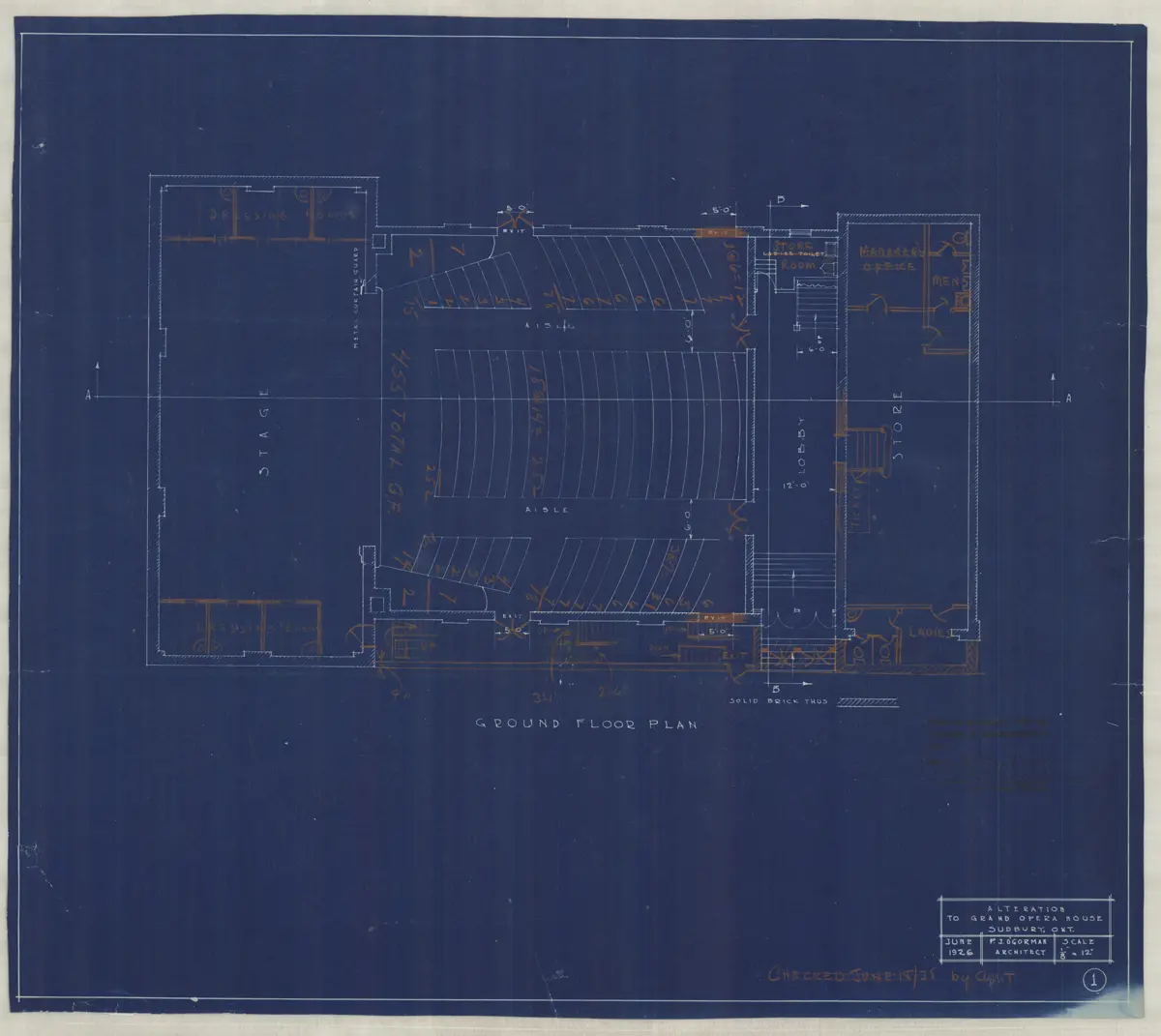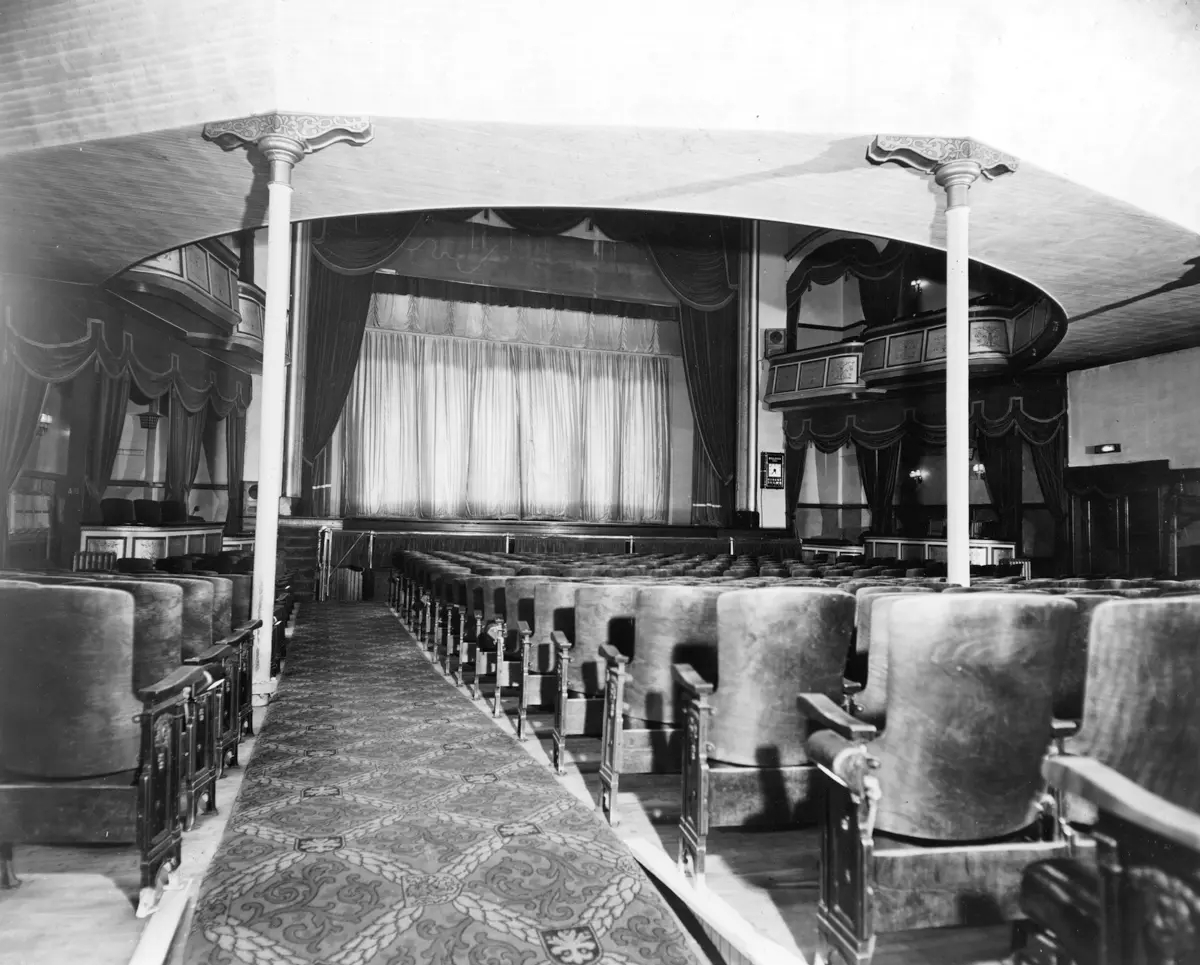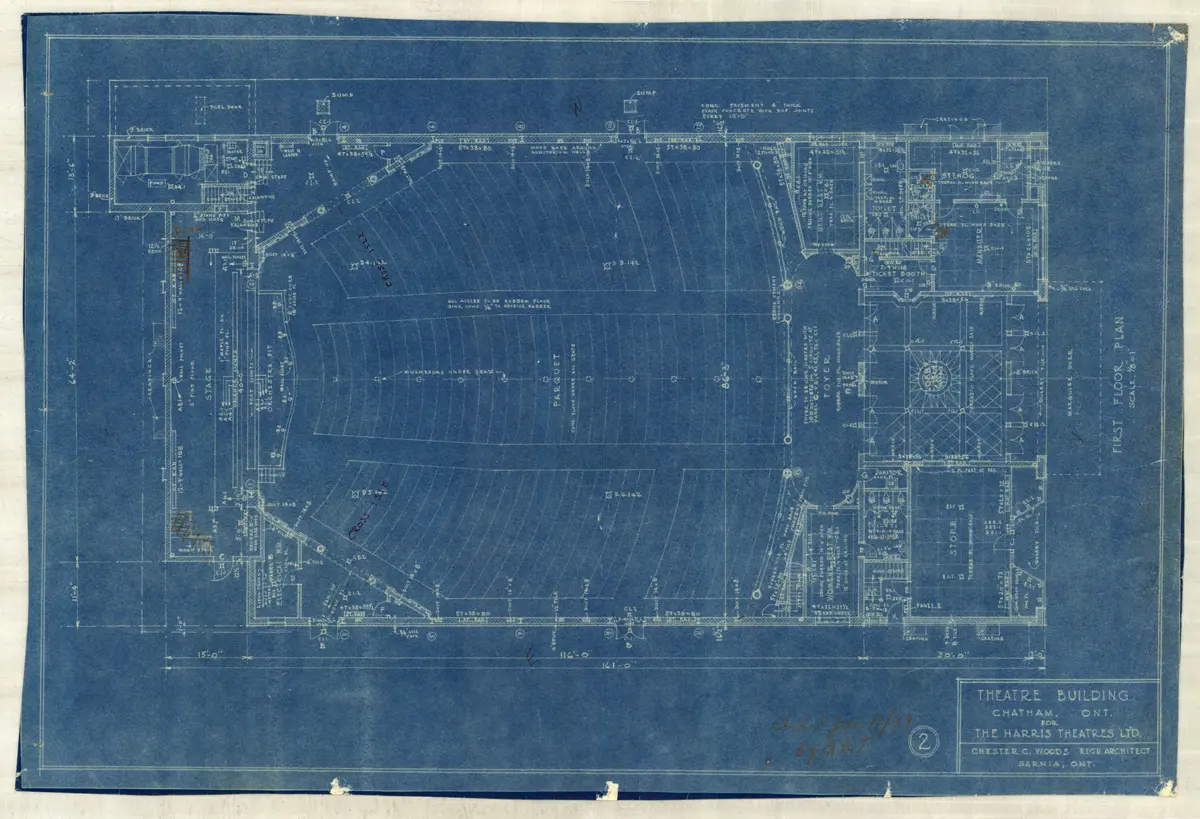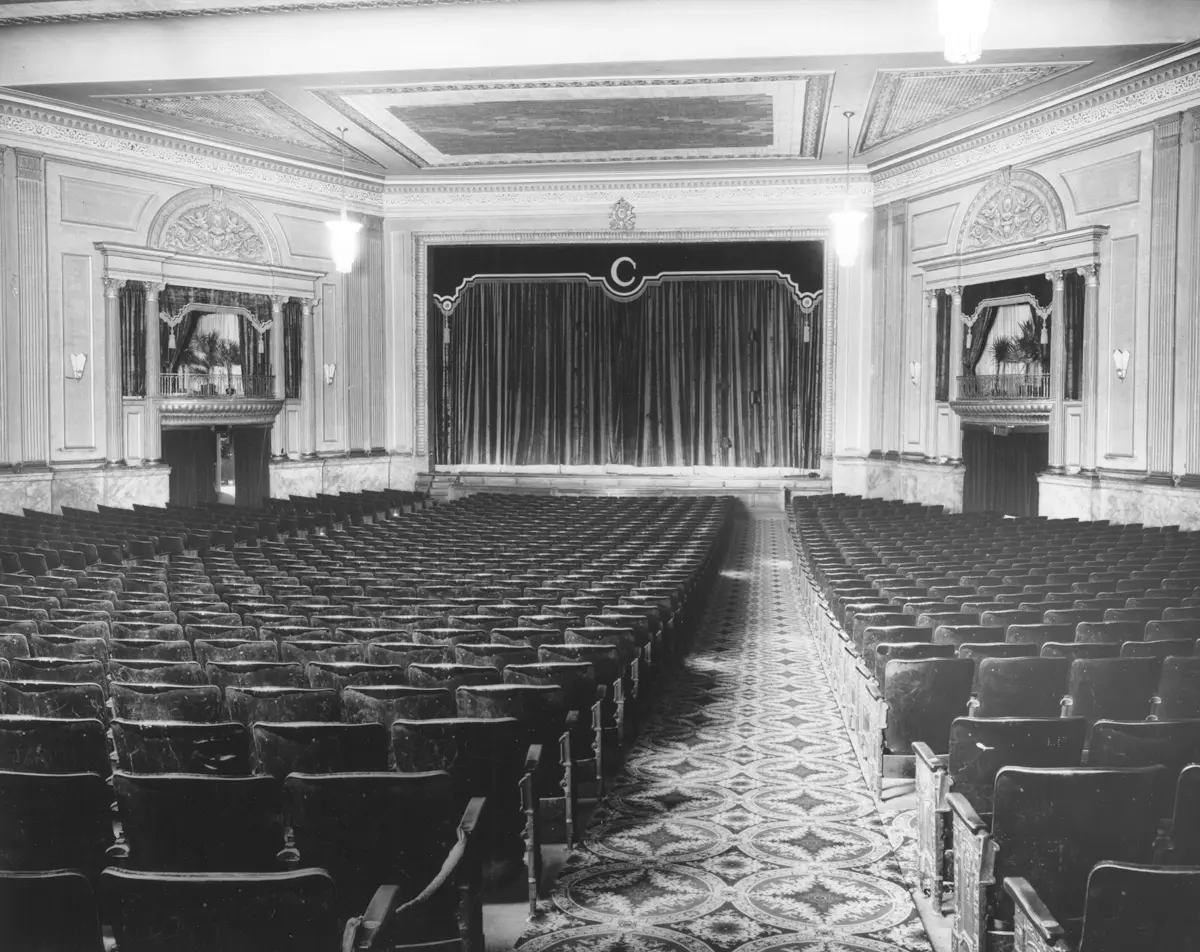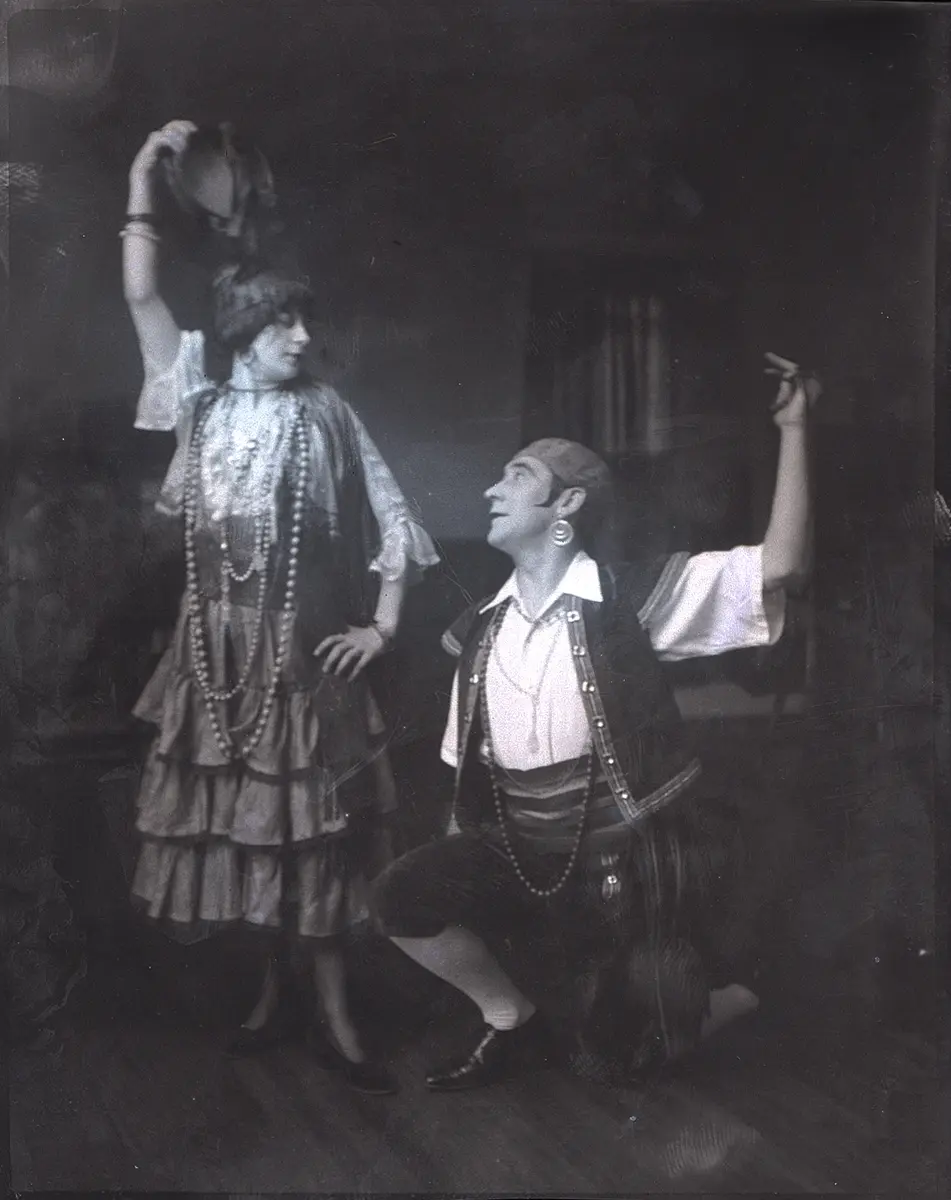
Act II: Vaudeville takes centre stage in the early 1900s
In the decades before radio and television, vaudeville reigned supreme as the most popular form of entertainment in North America.
Luxurious vaudeville theatres offered an affordable escape for Ontario’s working classes and growing middle class. These theatres provided diverse entertainment ranging from variety sketches to comedy routines, short plays, songs, dances, acrobatics, magic shows, trained animal acts, and, eventually, some of the province’s first moving pictures.
These theatres provided diverse entertainment ranging from variety sketches to comedy routines, short plays, songs, dances, acrobatics, magic shows, trained animal acts, and, eventually, some of the province’s first moving pictures.
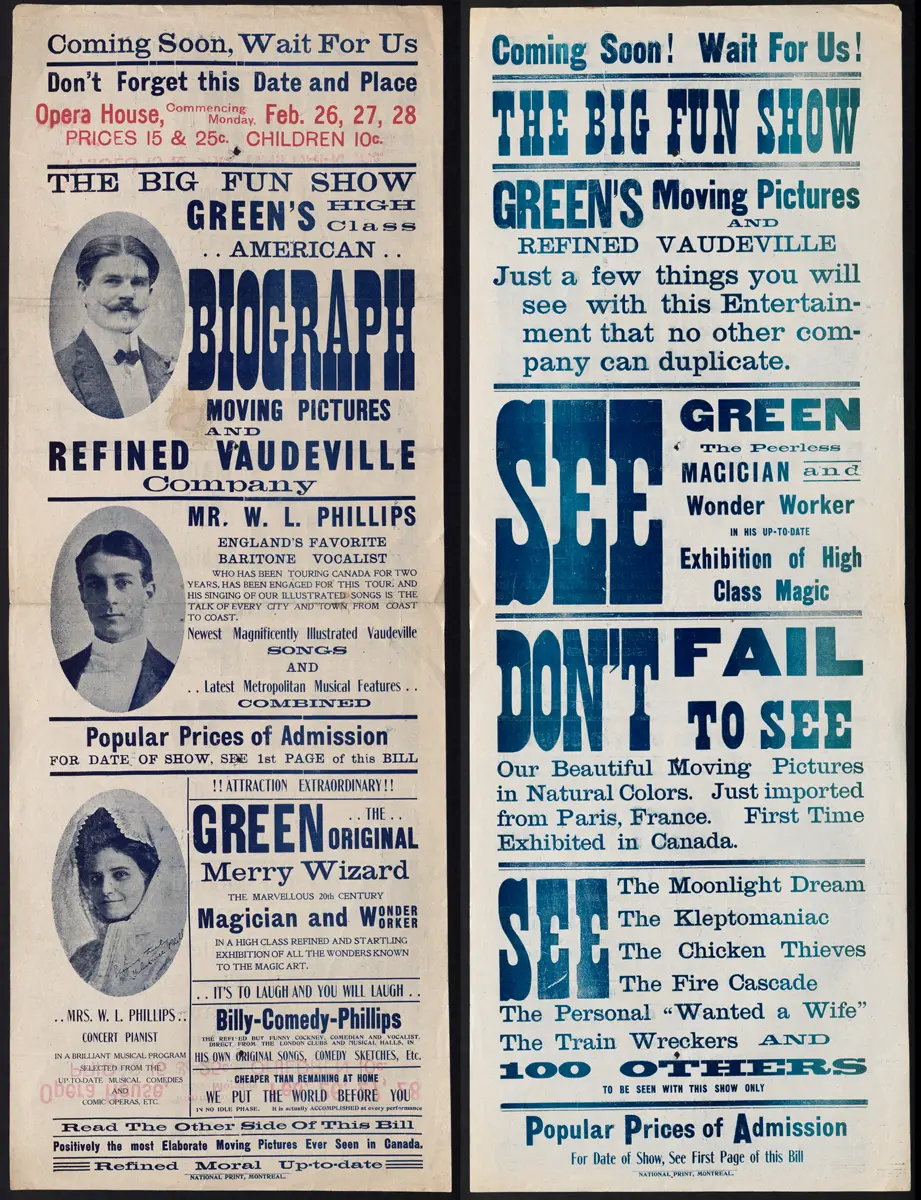

Ontario’s first vaudeville houses
When brothers Jerry and Michael Shea opened Shea’s Hippodrome in Toronto in 1914, the 3,200-seat venue was the largest vaudeville house in Canada and one of the largest in the world. It featured 12 grand opera boxes, an orchestra pit, decorative plaster moulding on the walls and ceiling, and—with the shift from gas lighting to electricity—hundreds of lights illuminating the space.
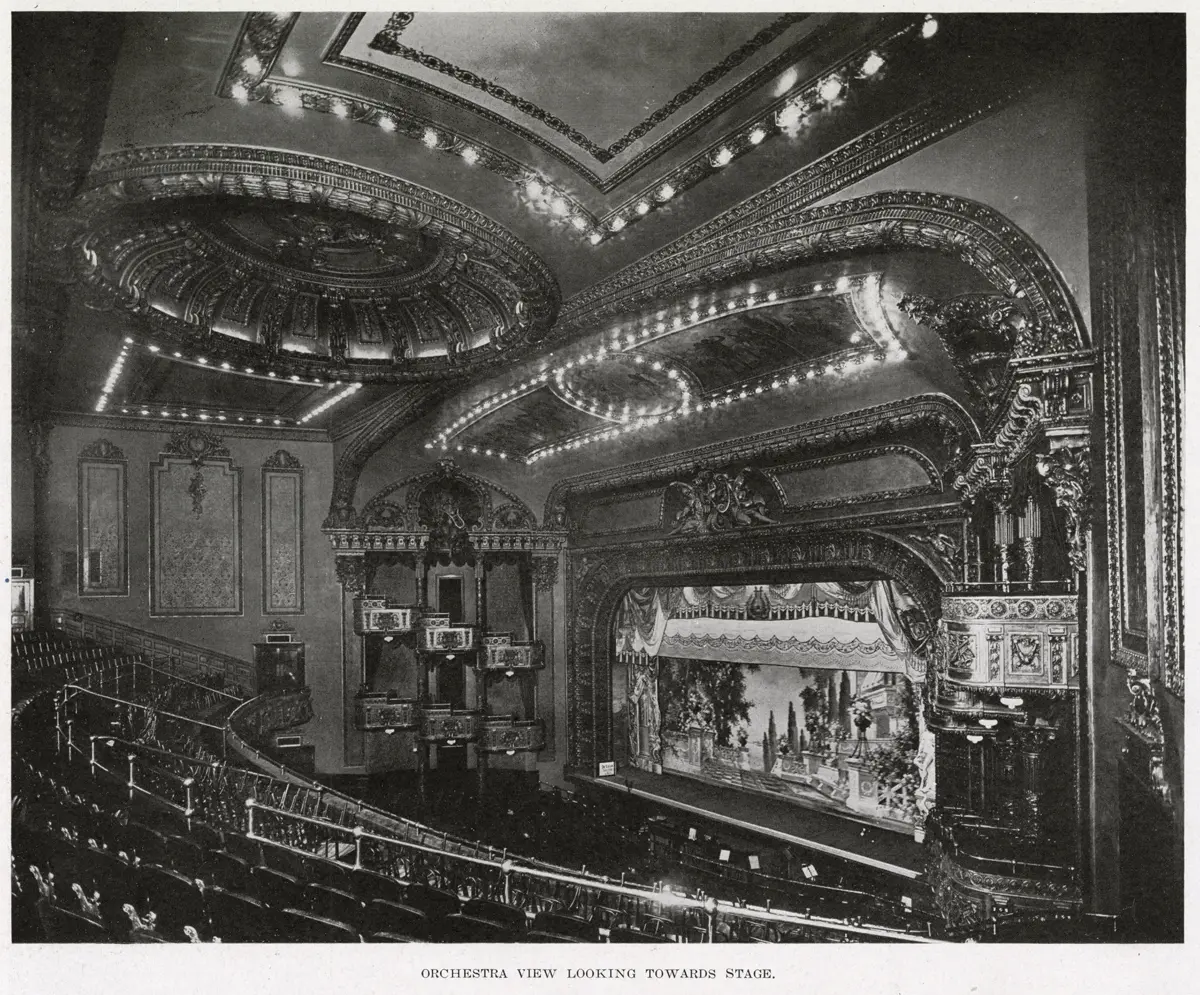
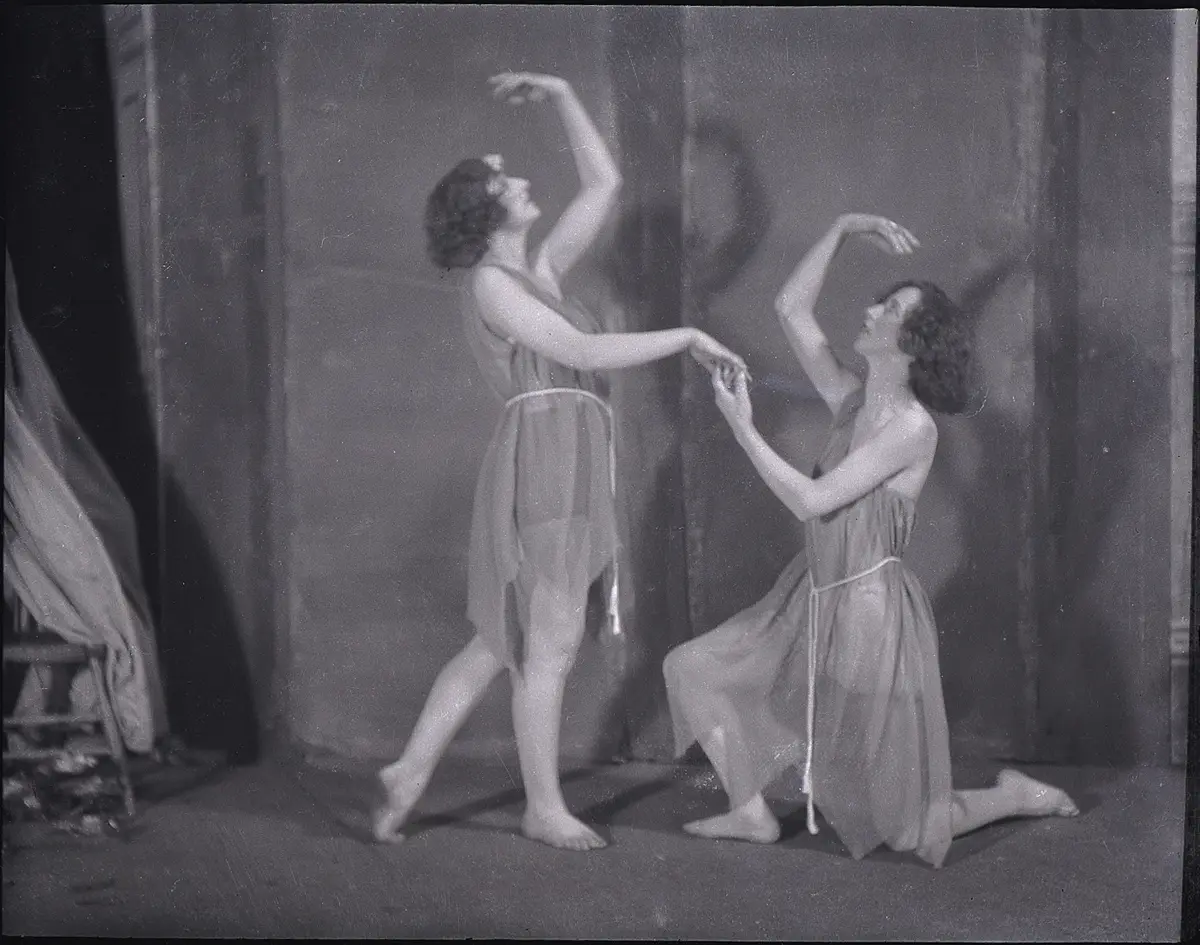
The construction of similarly grand theatres abounded province-wide during the early 1900s. From Hamilton to Sudbury to Chatham, vaudeville was the hottest thing in town.
Ontarians on the international stage: The Dumbells
The Dumbells were a group of soldiers-turned-entertainers who achieved international success as one of Canada’s most popular vaudeville acts after the First World War. The Plunkett brothers from Orillia, Ontario started the group in 1917 by performing amateur, impromptu shows at Canadian Army encampments while stationed in France.
The Dumbells developed their comic sketches and songs, initially intended to boost troop morale, into a variety show that toured across England, Canada, and the United States. Their widespread acclaim peaked in 1921 when their revue Biff, Bing, Bang became the first Canadian hit on Broadway.
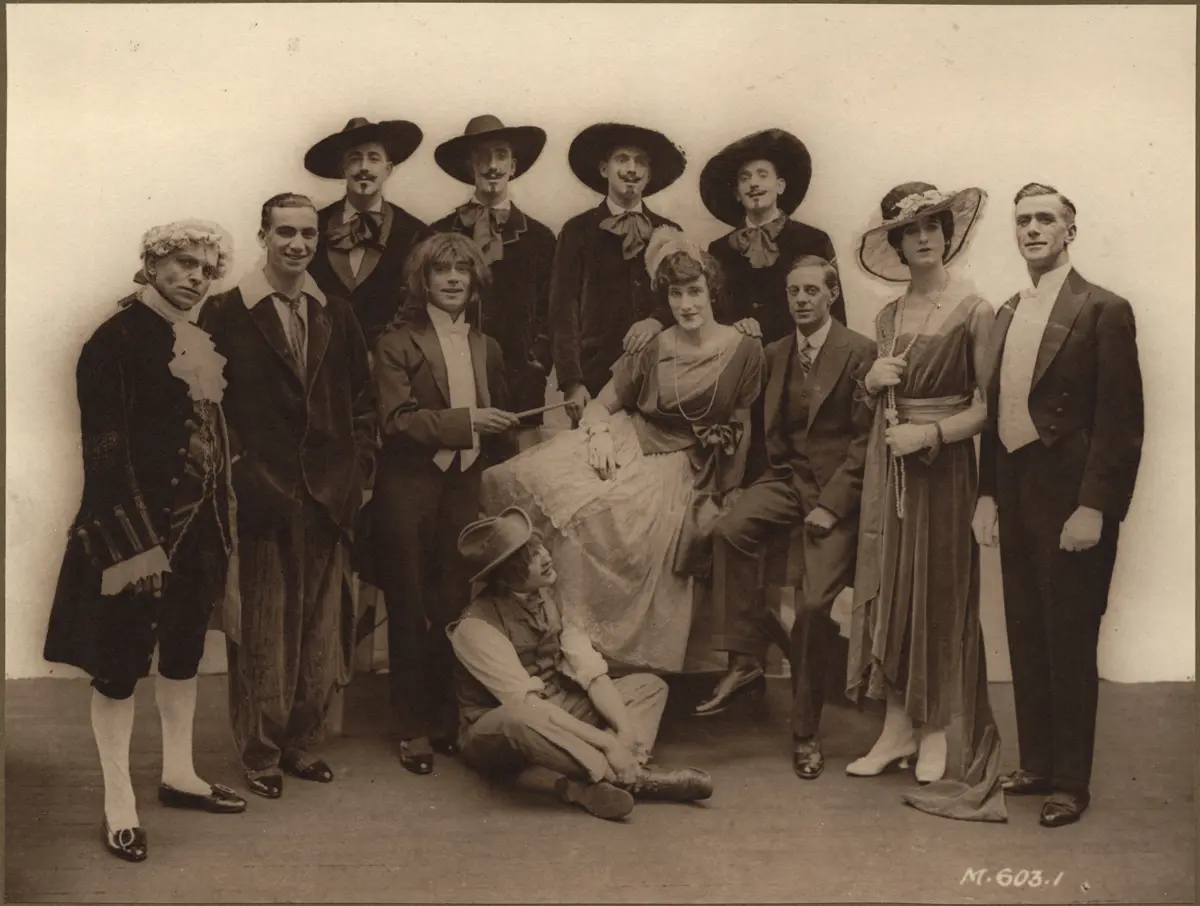
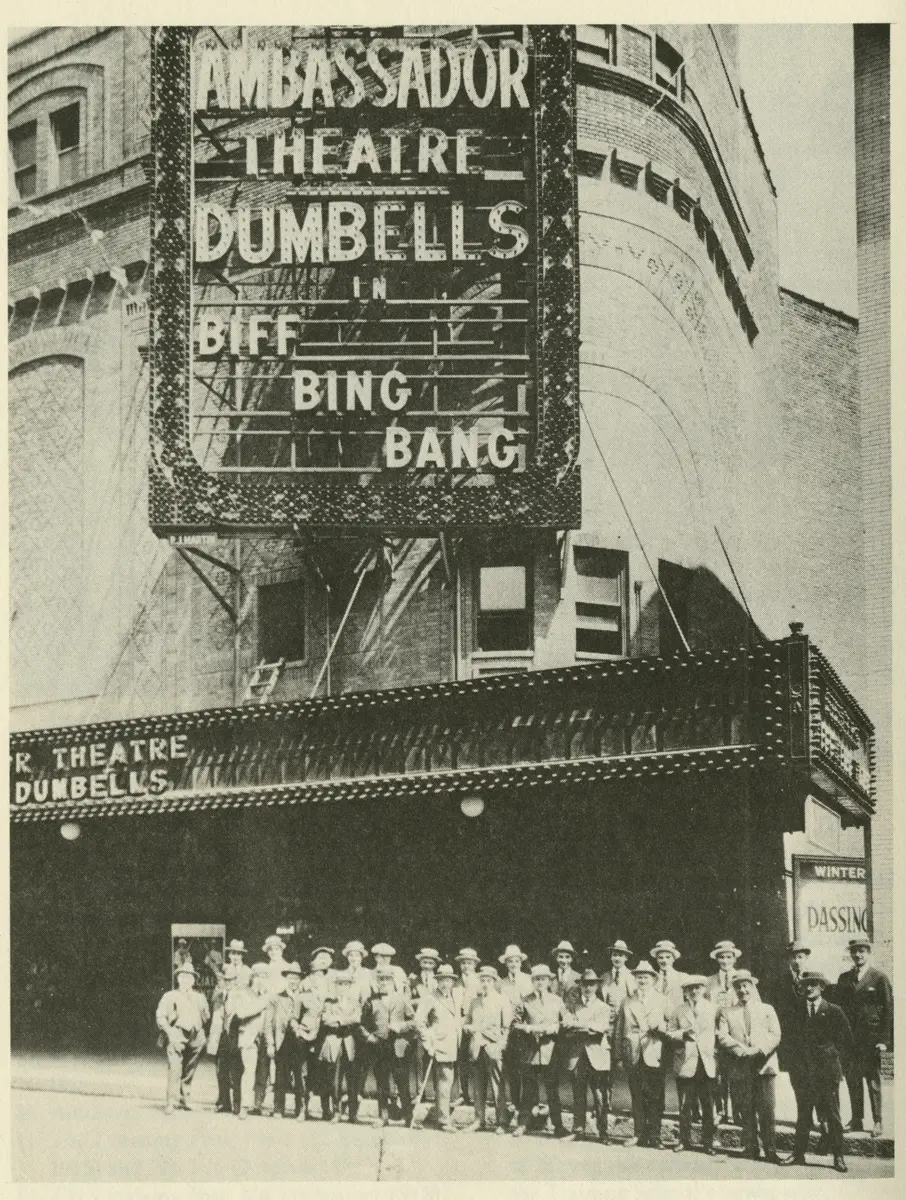
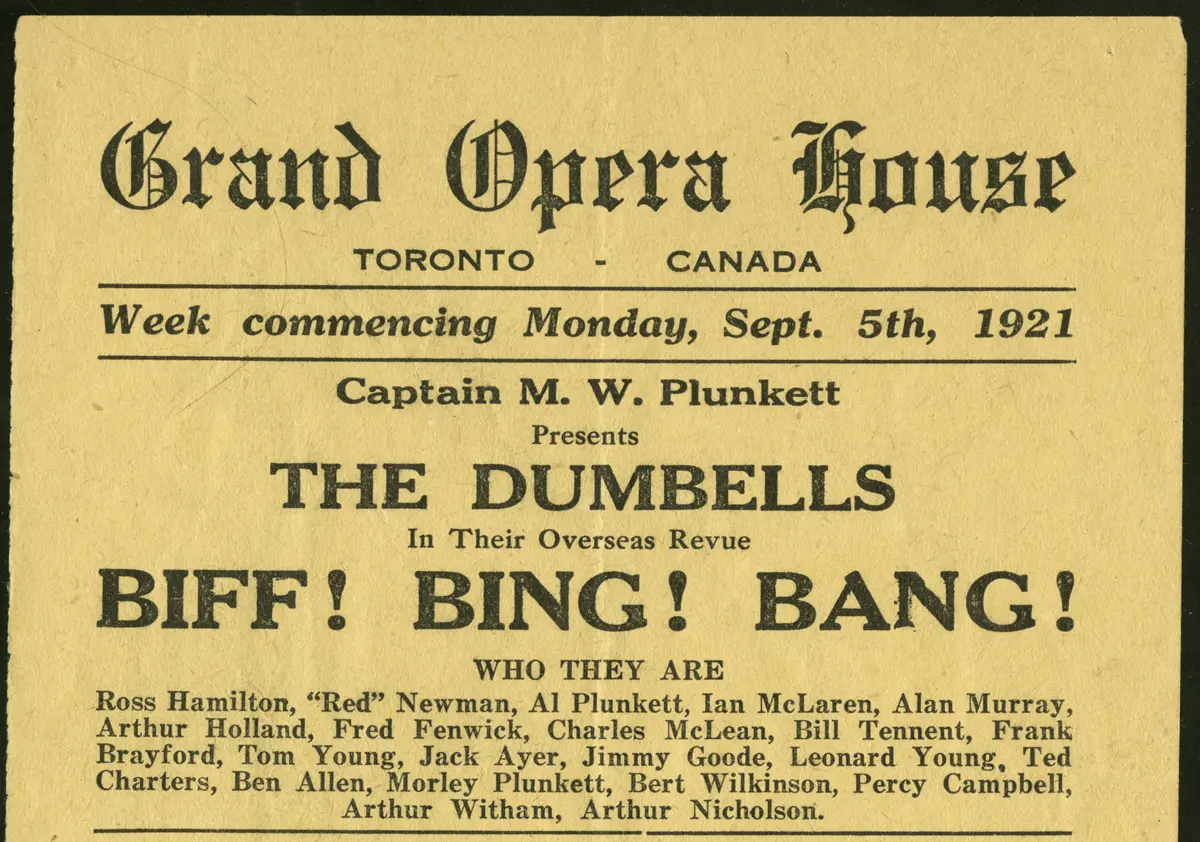
Little but mighty
The popularity of film and radio by the 1920s led to a decline in live theatre touring. Yet, hundreds of grassroots community theatres filled the void for live performance with the “Little Theatre” movement. These performances contrasted with the mass-produced, large-scale spectacles of European and American touring companies by cultivating Ontario’s local, amateur theatre scene.
The University of Toronto’s Hart House Theatre, envisioned as a student venue for Canadian experimental theatre, became the flagship of the Little Theatre movement. Although the theatre sat fewer than 500 people, it was one of the best-equipped venues for the dramatic arts when it opened in 1919. Today it continues to shape new generations of performers, stagehands, and audiences.
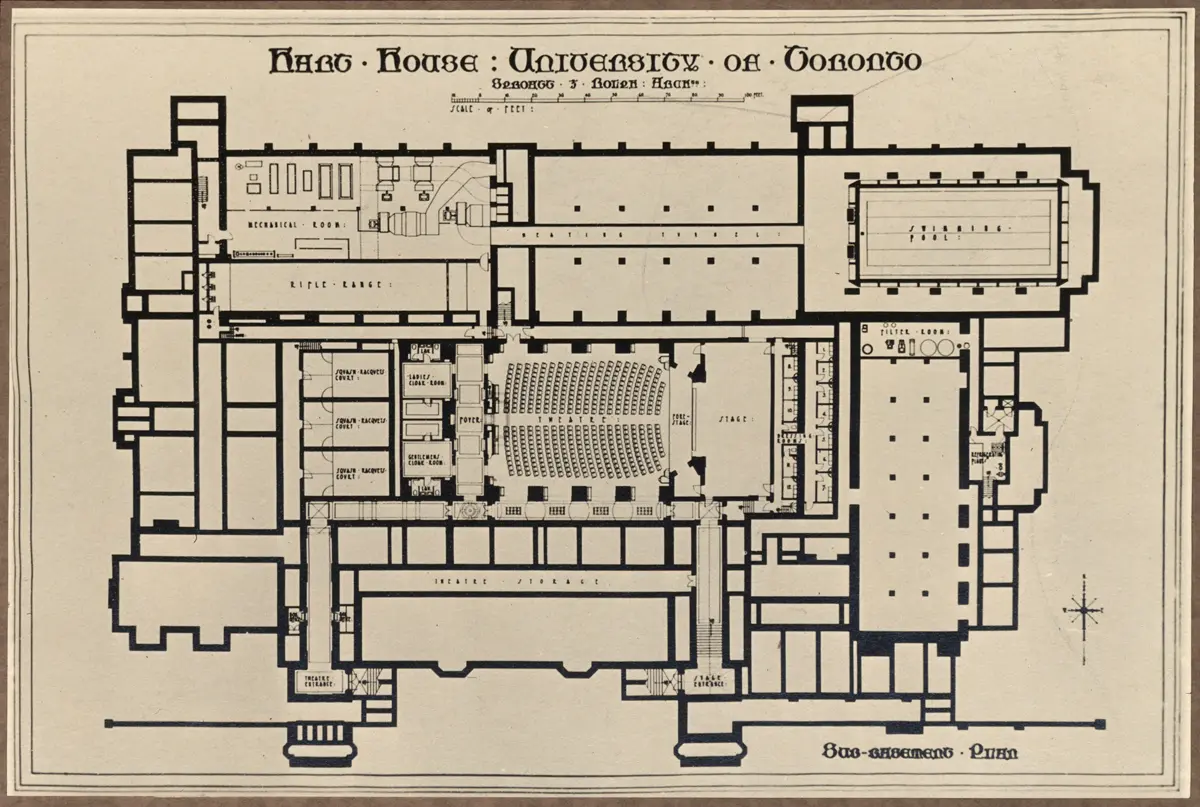
Back to: Chapter 01
Act I: Setting Ontario’s theatre scene in the 1800s
Next up: Chapter 03
Act III: The show must go ON at mid-century
Looking for more records?
Search our collection
